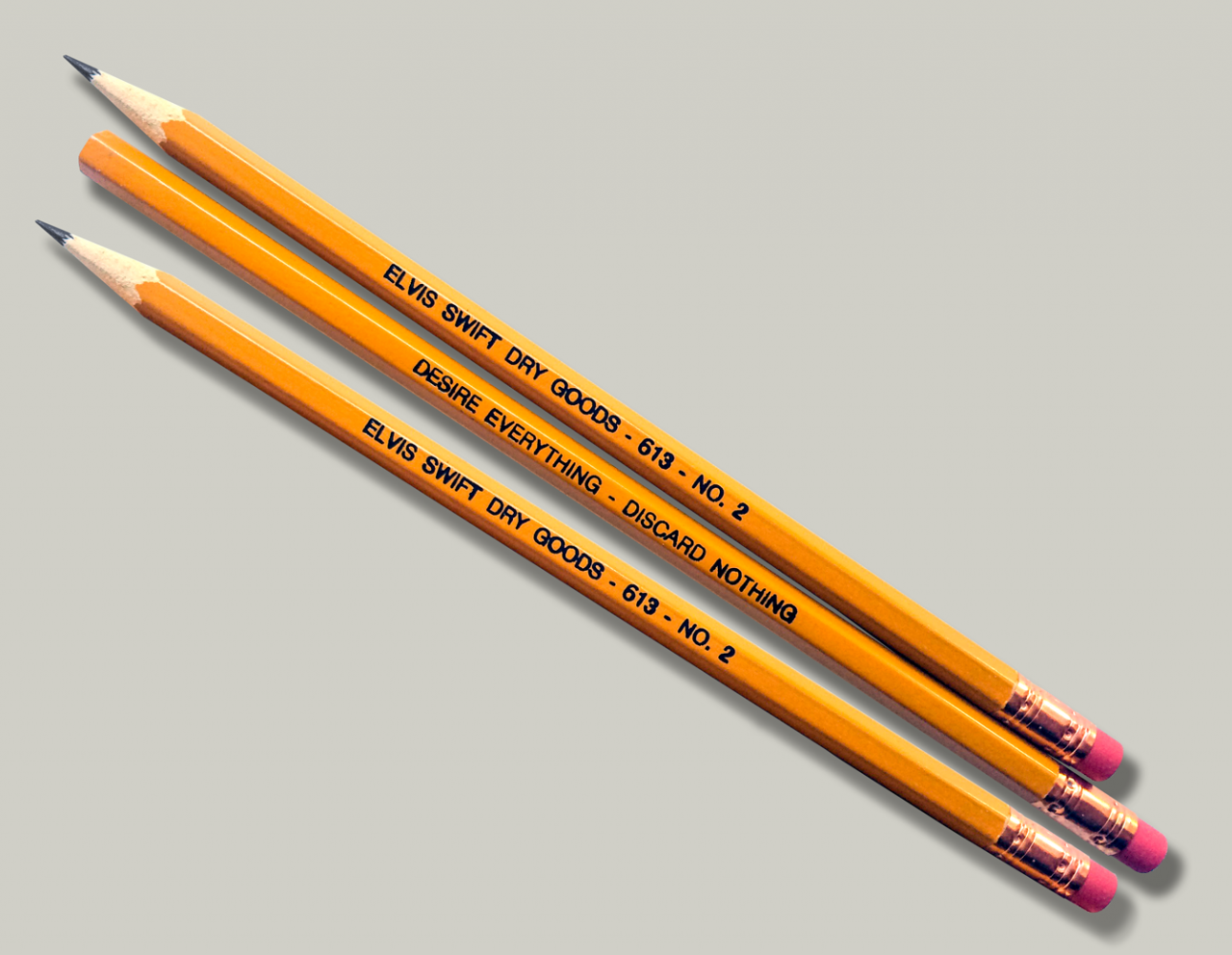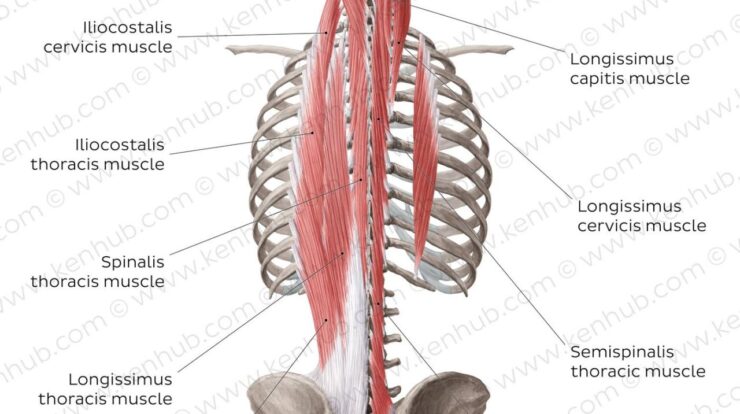
Pencil definition encompasses a comprehensive understanding of the composition, types, history, manufacturing process, environmental impact, and cultural significance of this ubiquitous writing tool. This article delves into the intricacies of pencils, shedding light on their evolution, versatility, and profound impact on various aspects of human endeavors.
From the humble origins of graphite sticks to the sophisticated mechanical pencils of today, pencils have played a pivotal role in the dissemination of knowledge, artistic expression, and everyday communication. Their unique properties and diverse applications make them an indispensable part of our lives.
Definition of Pencil

A pencil is a writing or drawing implement consisting of a narrow, solid cylindrical stick of graphite enclosed in a protective casing made of wood, plastic, or metal.
Pencils are used for writing, drawing, and sketching. They are typically composed of a graphite core surrounded by a wooden or plastic barrel. The graphite core is made of a mixture of graphite and clay, which gives the pencil its hardness or softness.
The wooden or plastic barrel protects the graphite core from breaking.
Types of Pencils
Pencils are classified according to their hardness or softness, which is determined by the ratio of graphite to clay in the core. The harder the pencil, the less graphite it contains and the more clay it contains. The softer the pencil, the more graphite it contains and the less clay it contains.
Pencils are typically graded on a scale from 9H (hardest) to 9B (softest). The most common pencil grades are HB (hard black), 2B (soft black), and 4B (very soft black).
| Pencil Grade | Hardness | Uses |
|---|---|---|
| 9H | Hardest | Technical drawing, drafting |
| HB | Medium | Writing, sketching |
| 2B | Soft | Drawing, shading |
| 4B | Very soft | Charcoal drawing, sketching |
History of Pencils
The earliest known pencils were made in the 16th century in England. These pencils were made of graphite that was found in the Borrowdale region of Cumbria. The graphite was cut into sticks and inserted into hollowed-out pieces of wood.
In the 17th century, pencils began to be made in Germany. These pencils were made of a mixture of graphite and clay, which made them harder and more durable than the English pencils.
In the 19th century, the pencil industry began to boom in the United States. American pencil makers developed new methods for manufacturing pencils, which made them cheaper and more widely available.
Manufacturing Process
Pencils are made in a multi-step process that involves the following steps:
- Mining the graphite:Graphite is mined from underground mines. The graphite is then crushed and purified.
- Mixing the graphite with clay:The graphite is mixed with clay to create a pencil core. The ratio of graphite to clay determines the hardness or softness of the pencil.
- Extruding the pencil core:The pencil core is extruded through a die to create a long, thin rod.
- Inserting the pencil core into the barrel:The pencil core is inserted into a wooden or plastic barrel. The barrel is then glued or pressed together.
- Sharpening the pencil:The pencil is sharpened to a point using a pencil sharpener.
Environmental Impact, Pencil definition
The production and disposal of pencils can have a negative impact on the environment. The mining of graphite can damage the environment, and the manufacturing of pencils can release harmful chemicals into the air.
Pencils can also be a source of litter. When pencils are not properly disposed of, they can end up in landfills or waterways, where they can take hundreds of years to decompose.
There are a number of ways to reduce the environmental impact of pencils. One way is to use pencils that are made from recycled materials. Another way is to properly dispose of pencils by recycling them or throwing them away in a trash can.
Cultural Significance
Pencils have played an important role in human history. They have been used to write and draw everything from love letters to masterpieces of art.
Pencils are also an important tool in education. They are used by students to write and draw in school. Pencils are also used by artists to create works of art.
Pencils are a versatile and inexpensive tool that can be used for a variety of purposes. They are an important part of our culture and history.
Wrap-Up

In conclusion, pencil definition encompasses a rich tapestry of history, innovation, and cultural significance. Pencils have evolved from simple tools to sophisticated instruments, serving as essential companions for artists, writers, students, and professionals alike. Their environmental impact and sustainable alternatives are also important considerations in today’s world.
As we continue to explore the multifaceted world of pencils, we gain a deeper appreciation for their enduring legacy and the vital role they play in shaping our world.
FAQ Compilation: Pencil Definition
What is the basic definition of a pencil?
A pencil is a writing instrument that consists of a solid core of graphite or other marking material enclosed within a protective casing, typically made of wood or plastic.
What are the different types of pencils?
Pencils are classified based on their hardness and composition. Common types include graphite pencils, charcoal pencils, colored pencils, and mechanical pencils.
What is the history of pencils?
The origins of pencils can be traced back to ancient times when people used sticks of graphite to mark surfaces. The modern pencil, as we know it today, was developed in the 16th century.





